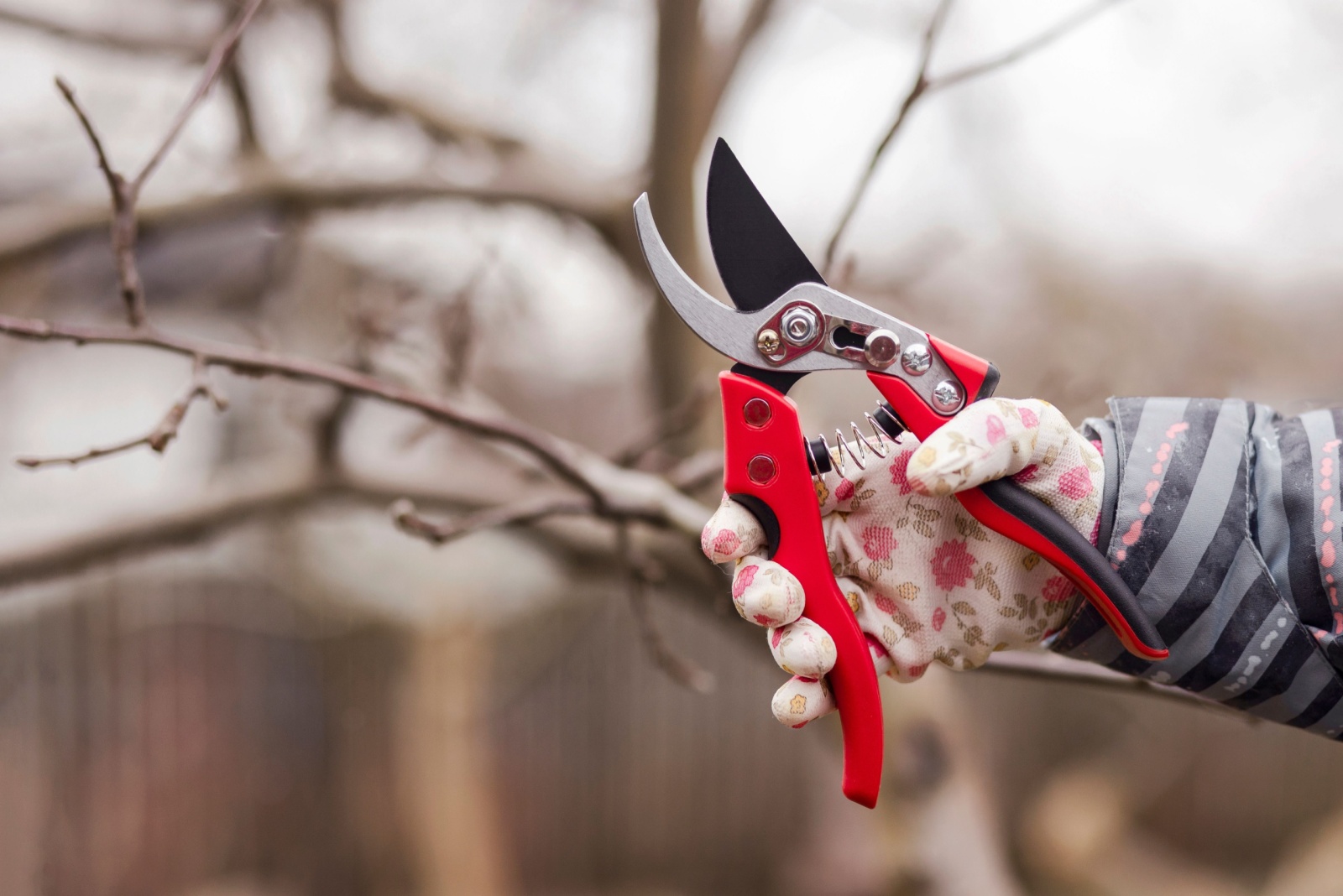Garden shears get dull fast in the Texas heat, especially after trimming tough shrubs and thick branches. When your blades lose their edge, cutting becomes a chore instead of a breeze.
Learning how to sharpen your shears at home saves money and keeps your garden tools working like new all season long.
1. Clean Your Shears Before Starting
Before you sharpen anything for your Texas garden, wipe away all the gunk. Sap, dirt, and plant residue build up on blades after every use, making it harder to see the cutting edge clearly.
Grab a rag with some warm soapy water or rubbing alcohol to scrub both sides thoroughly. Pay special attention to the pivot point where rust loves to hide.
Once clean, dry your shears completely to prevent rust from forming during storage.
2. Use A Metal File For Quick Touch-Ups
A simple metal file works wonders for regular maintenance sharpening. Hold your shears steady and run the file along the beveled edge at the same angle as the factory grind, usually around 20 degrees.
Push the file away from your body in smooth, even strokes about ten to fifteen times per blade. You’ll notice tiny metal shavings appearing as you work.
This method takes just minutes and keeps blades cutting cleanly between deeper sharpenings.
3. Try A Sharpening Stone For Better Results
Sharpening stones give you more control than files and create razor-sharp edges. Wet the stone with water or honing oil, then hold your shear blade at the correct angle against the coarse side first.
Slide the blade across the stone in circular motions, applying gentle pressure for about twenty passes. Flip to the fine side and repeat to polish the edge smooth.
Your shears will slice through stems like butter afterward.
4. Check Your Blade Angle Carefully
Getting the angle right makes all the difference between sharp and disappointing. Most garden shears have a beveled edge on one side only, so never sharpen the flat back side.
Match the original factory angle by tilting your file or stone to follow the existing bevel naturally. If you sharpen at the wrong angle, you’ll ruin the blade’s cutting ability and wear it down faster.
Take your time observing before making strokes.
5. Oil The Pivot After Sharpening
Sharp blades won’t help much if your shears stick and drag when opening. After sharpening, put a few drops of machine oil or WD-40 right on the pivot bolt where the blades cross.
Open and close the shears several times to work the oil into all the moving parts. This lubrication reduces friction and prevents rust from attacking the metal in humid Texas weather.
Oiling also makes cutting smoother and more comfortable on your hands.
6. Test On Paper Before Using
Want to know if your sharpening worked? Grab a piece of regular printer paper and try slicing through it with your shears. Sharp blades will cut paper cleanly without tearing or folding the edges.
If the paper crumples or the shears push it aside instead of cutting, you need more sharpening. This simple test saves you from discovering dull blades while you’re already out in the Texas garden working.
Paper never lies about blade sharpness.







